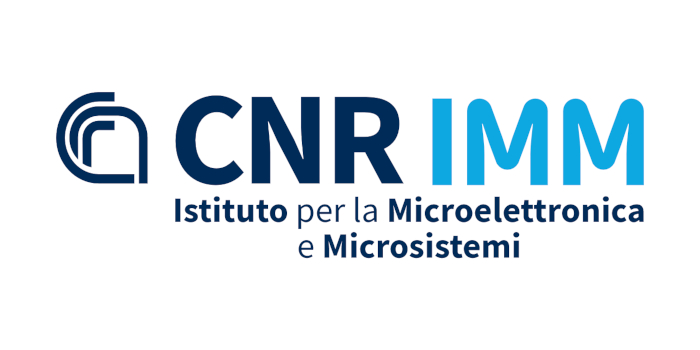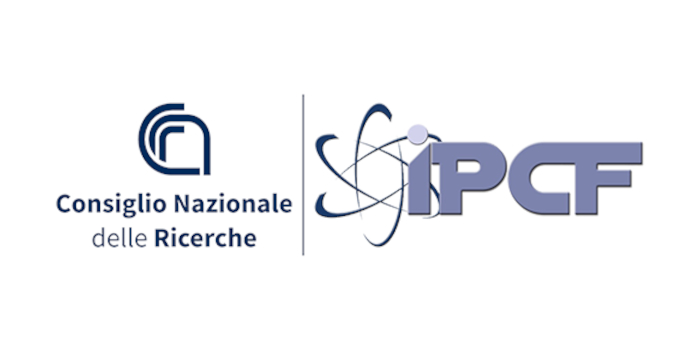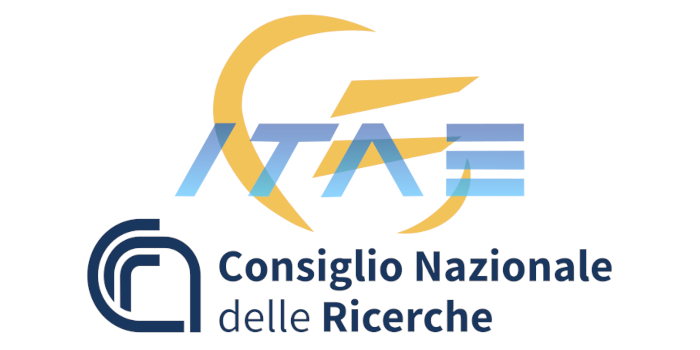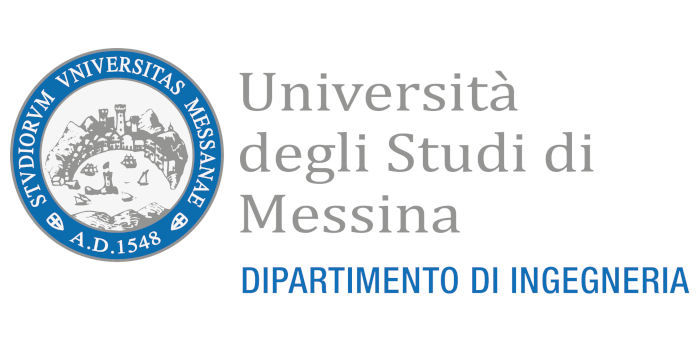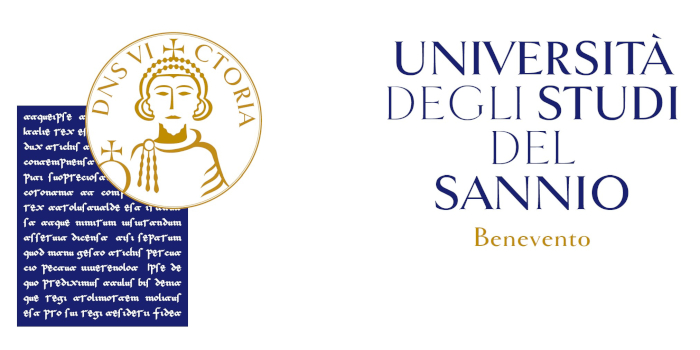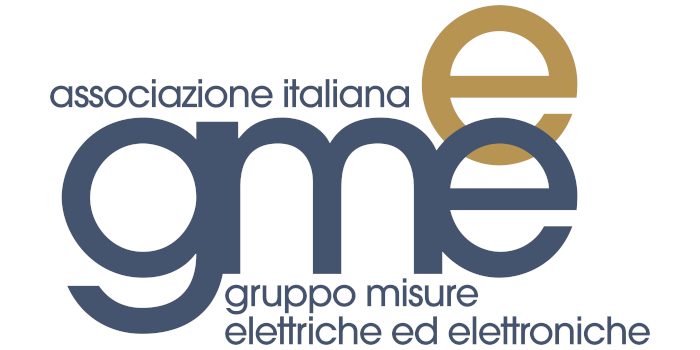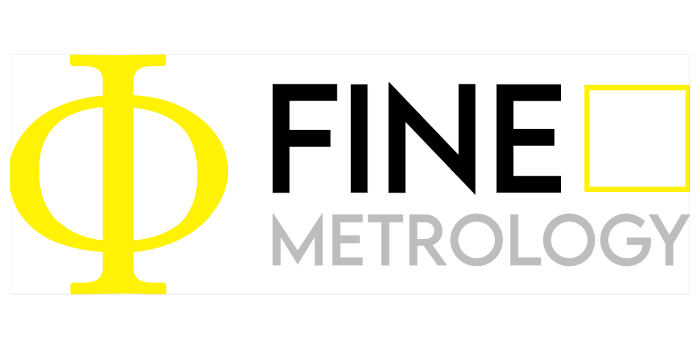SPECIAL SESSION #7
Innovative IoT Solutions for Environmental Sensing, Sustainable Mobility, and Green Infrastructures
ORGANIZED BY
Irene Cappelli
University of Siena, Italy
Enza Panzardi
University of Siena, Italy
Ada Fort
University of Siena, Italy
ABSTRACT
As green infrastructures continue to evolve, the integration of Internet of Things (IoT) networks, environmental sensors, and smart technologies is the key to create smarter and more sustainable systems. This session will explore how IoT and Wireless Sensor Networks (WSN) are revolutionizing real-time pervasive measurements, shaping the future of environmental monitoring, pollution control, sustainable urban mobility and greener cities.
Environmental sensing, powered by IoT devices, enables real-time monitoring of key parameters such as air quality, water quality, and soil conditions, allowing for more effective management of natural resources and early detection of environmental risks. Moreover, sustainable mobility, facilitated by IoT-driven smart transportation networks, plays a vital role in reducing carbon footprint, improving traffic efficiency, and promoting the transition to cleaner means of transportation. The integration of IoT in green infrastructures, such as energy-efficient buildings, smart grids, and eco-friendly waste management systems, is central to build sustainable, low-carbon cities.
In this context, energy-efficient and self-healing networks can ensure uninterrupted data collection, even when individual sensors face malfunctions or adverse conditions. By utilizing techniques such as fault detection, data redundancy, and adaptive routing, these networks automatically reconfigure themselves, minimizing downtime and ensuring consistent, reliable data flow.
TOPICS
This session addresses the latest research, applications, and innovations in these areas, highlighting how IoT can help shape a greener and more sustainable future.
Topics of interest include, but are not limited to:
- Sensors and sensing systems for environmental monitoring
- Systems for gas and pollution monitoring
- Smart transportation systems and sustainable mobility solutions
- Real-time mobility and environmental data fusion
- Green building technologies and energy-efficient infrastructures
- IoT for waste management and resource optimization
- IoT in greener smart cities
- Next-Gen environmental sensors
- Energy-efficient communication protocols
- Low-power and efficient sensor networks
- Self-Healing IoT sensor networks
ABOUT THE ORGANIZERS
Irene Cappelli (Member, IEEE) received the M.Sc. degree in electronics and communication engineering and the Ph.D. degree in information engineering and science from the University of Siena, Siena, Italy, in 2019 and 2023, respectively.
She is currently a Research Fellow with the Department of Information Engineering and Mathematics, University of Siena. Her current research interests include the design of low-power measurement systems and energy-autonomous IoT systems for gas and environmental monitoring.
Enza Panzardi (Member, IEEE) received the master’s degree in electronics and communication engineering and the Ph.D. degree in information engineering and science from the University of Siena, Siena, Italy, in 2015 and 2019, respectively.
She is currently a tenure-track Researcher with the Electronics and Electronics Measurement Research Group, University of Siena. Her current research interests include electronic circuits and systems for industrial applications, novel sensors and sensing systems development, and chemical-sensor-based measurement systems.
Ada Fort (Member, IEEE) received the Laurea degree in electronic engineering and the Ph.D. degree in nondestructive testing from the University of Florence, Florence, Italy, in 1989 and 1992, respectively.
She is currently a Full Professor at the Department of Information Engineering and Mathematical Sciences, University of Siena, Siena, Italy. Her interests concern the development of measurement systems based on chemical and ultrasonic sensors and the development of automatic fault diagnosis systems. Recently, she has been involved in the study of random number generators based on chaotic maps.



